“Very cool stuff. It's cloud deployment for human beings.”
— Mark Russell

“Very cool stuff. It's cloud deployment for human beings.”
— Mark Russell
“Thanks for continuing to make complicated stuff easier!”
— Derek Schwartz
“This TurnKey cloud things is
— David Longley
uber cool!”
Estimated costs based on uptime. Reserve the instance with pre-configured type, size and region.
A static IP is just 1-click away. Use the free dynamic DNS service with *.tklapp.com or your custom domain.
Quick preview your firewall rules, and edit the policy easily. Verify the server's SSH fingerprint to counter MITM attacks.
Save server state on demand or on an automatic schedule with zero-load snapshots. New servers can be quickly cloned from any snapshot.
Leverage TurnKey's Backup and Migration solution (TKLBAM) for pain-free, no configuration required, incremental encrypted backups.
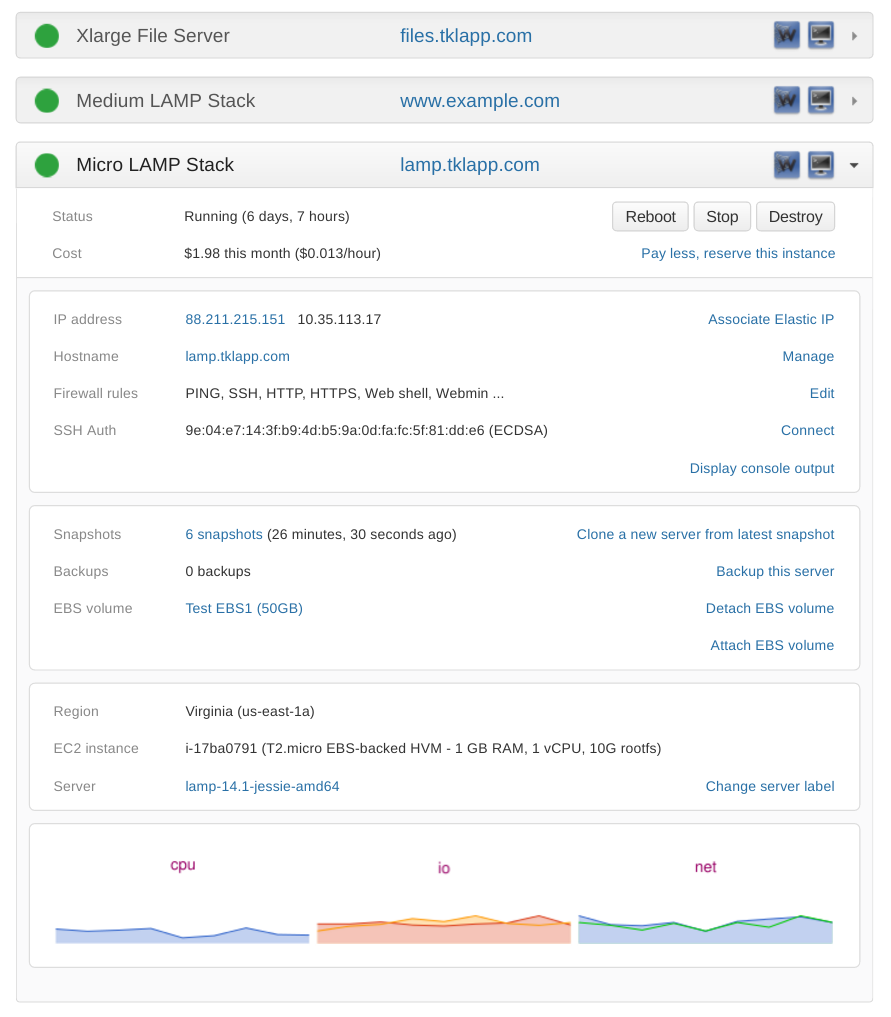
“The Turnkey Hub is probably the best solution for using Amazon Web Services.
— Rob Shanks
TurnKey makes it a breeze and the TKLBAM solution is epic!”
First, you select the type of TurnKey appliance to deploy from a searchable list. 100+ are available and fully documented on the TurnKey website.
The Hub provides dynamic DNS configuration. You can assign a hostname under the free *.tklapp.com domain, or one of your own custom domains.
Experienced admins often prefer authenticating with SSH keys rather than root passwords because it provides excellent security while saving you the trouble of remembering yet another password.
For extra convenience and security, the Hub makes it easy to configure application settings before booting your new cloud server for the first time.
That means you're up and running faster and don't need to race to change all the default passwords after launch.
The Hub will handle creating and configuring VPC's, internet gateways, subnets, routing and security groups for you - a common stumbling block for even experienced sysadmins.
By default, security updates will be automatically installed before any services start, and then on a nightly basis. Unfortunately, not everything can be fixed auto-magically, so if the need arises, we'll reach out to you.
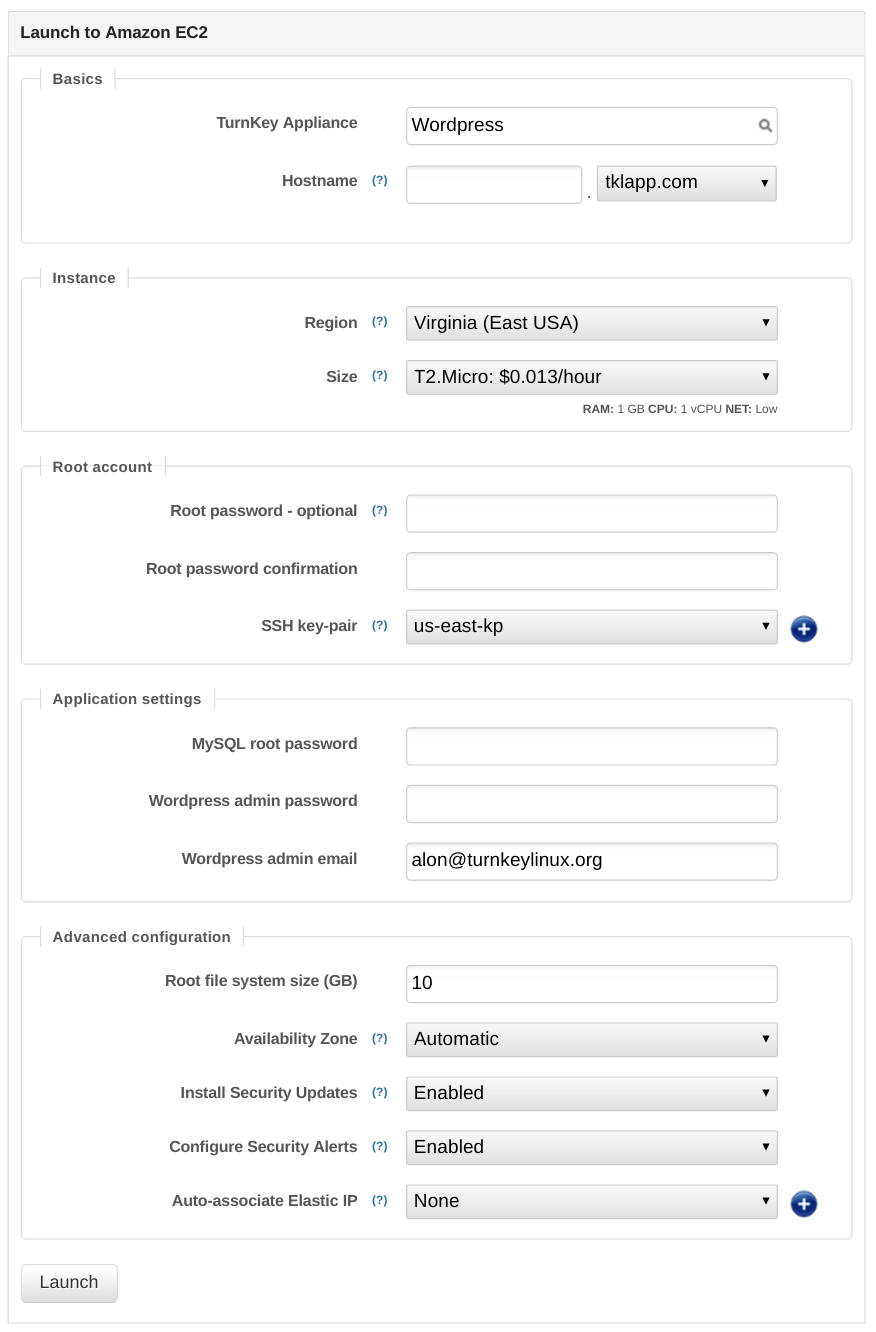
Without the Hub, a common stumbling block when launching a new server is the need to set up an appropriate firewall policy, also known as a security group in Amazon cloud terminology.
Using the Hub that's all taken care of for you. When you launch a new server an appropriate firewall policy is automatically created.
The default is to only allow ports which are open in a fresh install of the type of appliance you launched. You can change the rules at any time.
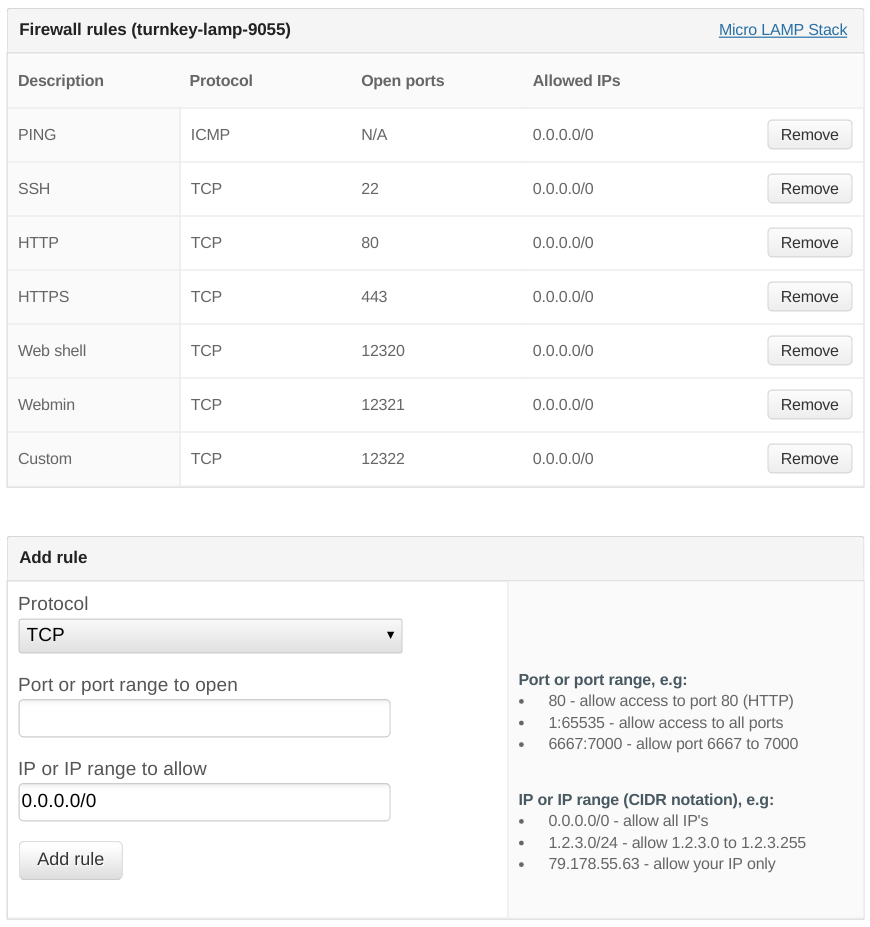
"Anything that can go wrong will go wrong" - Murphy's Law
Shit happens. Snapshots ask Amazon's fiber-optic storage backplane to save your server's disk state while it's running without impacting performance.
Since you can quickly clone new servers from snapshots this makes them the cloud server equivalent of a time machine crossed with a portal to a less obnoxious alternate dimension.
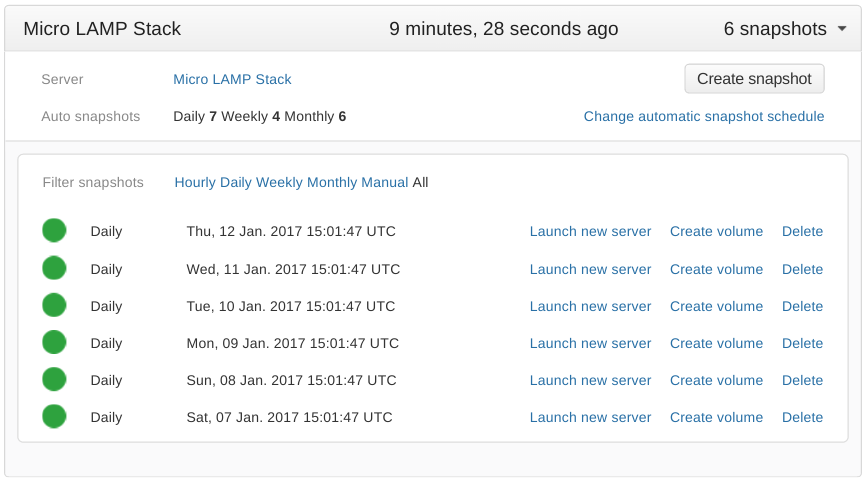
"Simple things should be simple, complex things should be possible" - Computer pioneer Alan Kay.
The Hub's web interface is designed to make simple things as easy as possible for the common user.
For more advanced uses, users need more power and control. Nothing provides that better than a programmable API and command line interface.
This allows development of apps like CloudTask, a parallel batch execution tool which leverages the Hub to spin cloud servers on-demand.

No more hassling with separate, poorly-integrated DNS management tools. The Hub provides free DNS configuration, powered by Amazon Route 53, a robust cloud DNS service.
Right from the launch page you can configure a hostname for your server, and a DNS record will be automatically created and associated with the server's IP address.
You can choose between Dynamic and Static IP's.
If you didn't associate a hostname during launch, you can do so right from the servers dashboard, on the fly.
Again, both Dynamic and Static IP's are supported.
Dynamic DNS configuration is supported, so you can assign hostnames on-the-fly to servers without fixed IPs using the web interface, command line tools or the Hub API.
Don't have a domain name? Just testing? Use a free tklapp.com hostname, the Hub will take care of the rest.
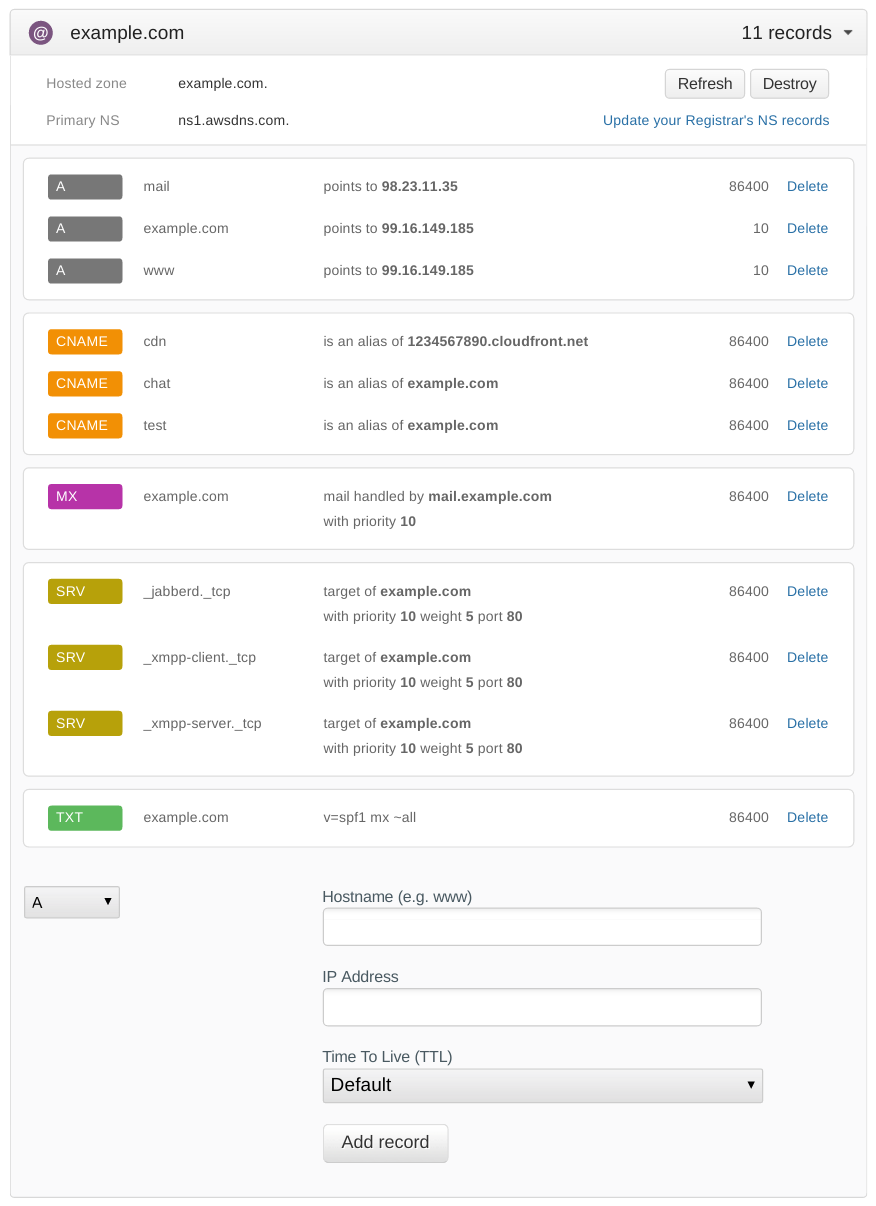
Yes. With the AWS free usage tier customers new to Amazon's cloud services automatically get 750 micro server hours per month free for up to a year. In a bid to get more users to try out their platform Amazon is giving away over $200 in value! For frequently asked questions regarding the free usage tier, see this page.
Yes. You can pay up to 76% less by purchasing reserved server capacity up-front. In exchange the hourly usage rate is heavily discounted and server capacity is guaranteed to be available when you need it.
Amazon doesn't monitor how you use the servers you run on their cloud service. You pay for the cloud resources you consume even if those resources are wasted, the same way you pay for the electric energy that keeps the lights on even when you are out of the room.
The Hub tracks cloud server uptime and can send you a weekly or monthly e-mail summary. You can also download detailed usage logs from the Amazon Web Services website.
Server time is metered in hourly increments so you will still get charged for a full hour.
Amazon charges you for server time, storage and bandwidth, in proportion to usage. Full pricing details are listed on the AWS website. A handy calculator is also available.
Unlike traditional hosting plans, you only pay for what you use. Cloud usage patterns are limited only by your imagination. For example, running a single server for 24 hours costs the same as running 24 servers for one hour.
Have more questions, see the FAQ page.
“The down-side of using Linux has always been the fairly steep learning curve.
— Tad Harrison, Paper Jammed
TurnKey GNU/Linux changes all of that.”